ഐആര് 8 -ലോകത്തെ മാറ്റിയ നെന്മണി
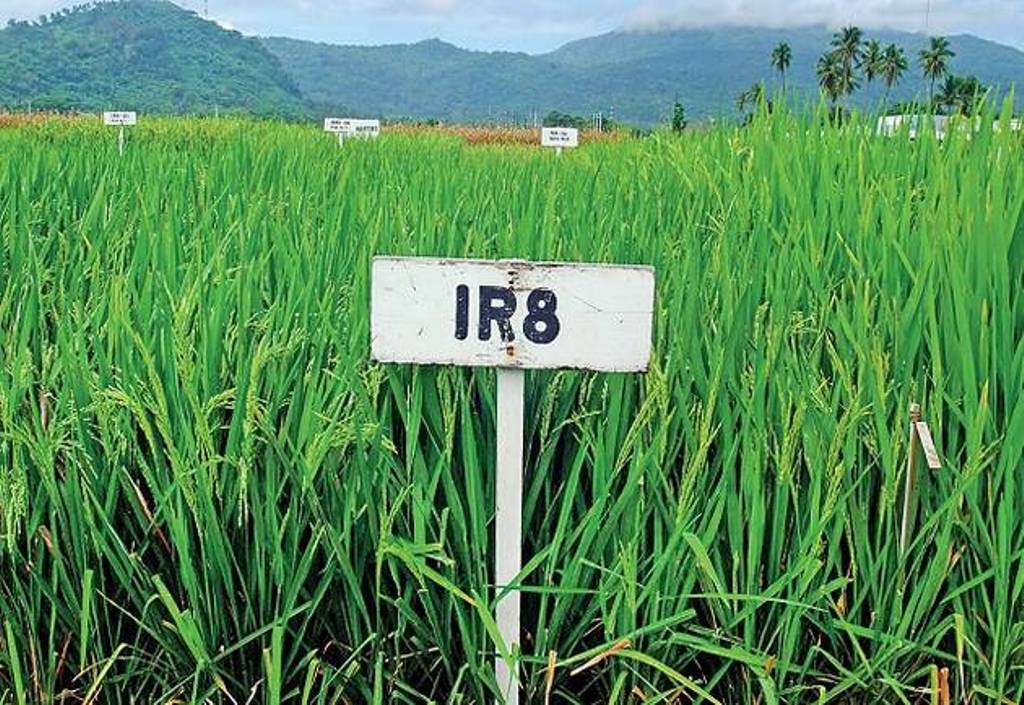
ഇന്ത്യയെ നെല് ഉത്പ്പാദനത്തില് സ്വയം പര്യാപ്തമാക്കിയ അത്ഭുതവിത്തായിരുന്നു ഐആര് 8. 2020 നവംബറില് 54 വര്ഷം പ്രായമാകും ഈ നെന്മണിക്ക്. 1967 ല് 29 കാരനായ ഡോ.എന്.സുബ്ബറാവു വെസ്റ്റ് ഗോദാവരിയിലെ 2000 ഹെക്ടര് പാടത്ത് പാതിക്കുള്ളനായ ഈ നെല്ല് വിതയ്ക്കുമ്പോള് താന് ചരിത്രം രചിക്കുകയാണ് എന്നറിഞ്ഞിരുന്നില്ല. ഒരു ഹെക്ടറില് സാധാരണ 2 ടണ് നെല്ല് കിട്ടുന്നിടത്ത് 7 ടണ് ഉത്പ്പാദിപ്പിക്കുന്ന ഈ വിത്ത് അന്താരാഷ്ട്ര നെല് ഗവേഷണ കേന്ദ്രം(ഐആര്ആര്ഐ) വികസിപ്പിച്ചതായിരുന്നു. IRRI സ്ഥാപിതമായ ഫിലിപ്പീന്സിലാണ് 1966 ല് ഈ വിത്ത് ആദ്യം പരീക്ഷിച്ചത്.
ഇന്ത്യ ഉള്പ്പെടെ അനേകം ഏഷ്യന് രാജ്യങ്ങള് കൊടുംപട്ടിണി അനുഭവിച്ച് 1960 കളിലാണ് പുത്തന് വിത്തിനായുള്ള പരീക്ഷണങ്ങള് തുടങ്ങിയത്.പീറ്റര് ജന്നിംഗ് എന്ന റൈസ് ബ്രീഡറുടെ നേതൃത്വത്തില് ചൈന,തായ്വാന്,ഇന്ഡോനേഷ്യ എന്നിവിടങ്ങളില് നിന്നുള്ള വിത്തുകള് ശേഖരിച്ച് 38 ക്രോസ് പോളിനേഷനുകള് നടത്തിയായിരുന്നു പരീക്ഷണം.
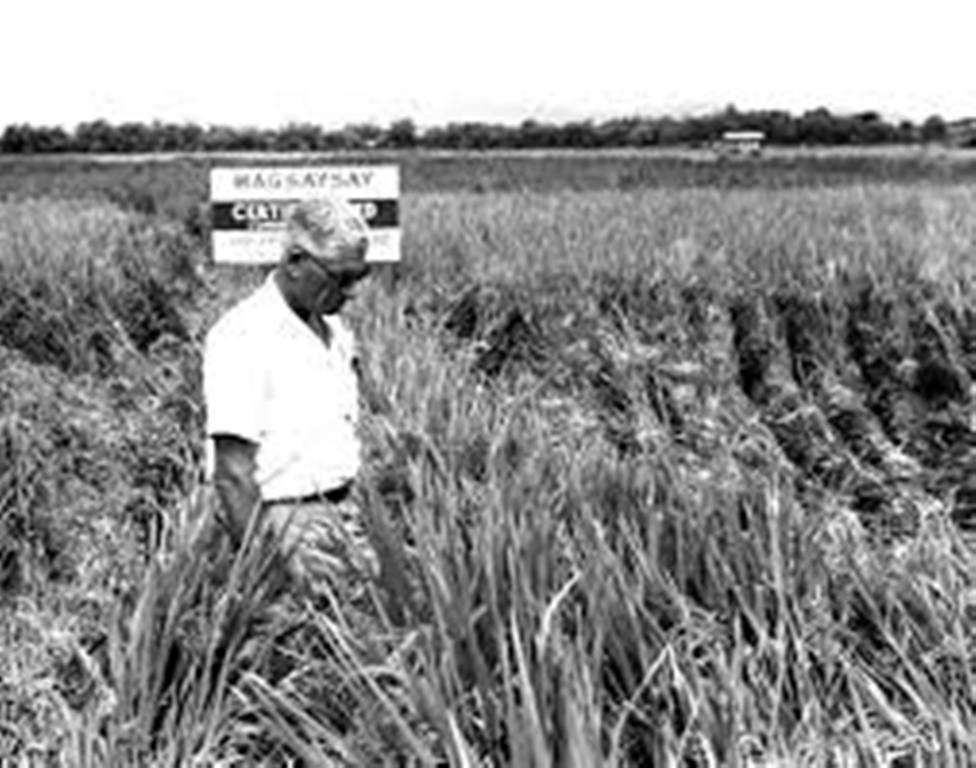
വര്ഷങ്ങള്ക്കു ശേഷം ജന്നിംഗിനൊപ്പം പ്രവര്ത്തിച്ച ഹെന്റി എം.ബേച്ചെലാണ് ഡീ-ജിയോ-വൂ-ജെന്നും(Dee-Geo-woo-gen) പേട്ട(Peta) ഇനവും ക്രോസ് ചെയ്ത് ഐആര്8-288-3 തയ്യാറാക്കി ഫിലിപ്പൈന്സില് പരീക്ഷിച്ചത്. ഫലം അത്ഭുതമുളവാക്കുന്നതായിരുന്നു. 88 കിലോ വിത്തില് നിന്നും 71 ടണ്ണാണ് കൊയ്തത്. 1966 ല് IRRI ഫിലിപ്പൈന്സിലെ കര്ഷകര്ക്ക് വിത്ത് സൗജന്യമായി നല്കി. പരീക്ഷണം വന്വിജയമായതോടെ ലോകം മുഴുവനും ഈ അത്ഭുതവിത്തിനായി കാത്തിരുന്നു. അങ്ങിനെ IRRI പുതിയ വിത്തിന് IR8 എന്നു പുനര്നാമകരണം ചെയ്ത് ലോകമാകെയുള്ള നെല്കര്ഷകര്ക്ക് എത്തിച്ചുകൊടുത്തു. 1966 നവംബര് 29 ആയിരുന്നു ആ പിറവി ദിവസം.
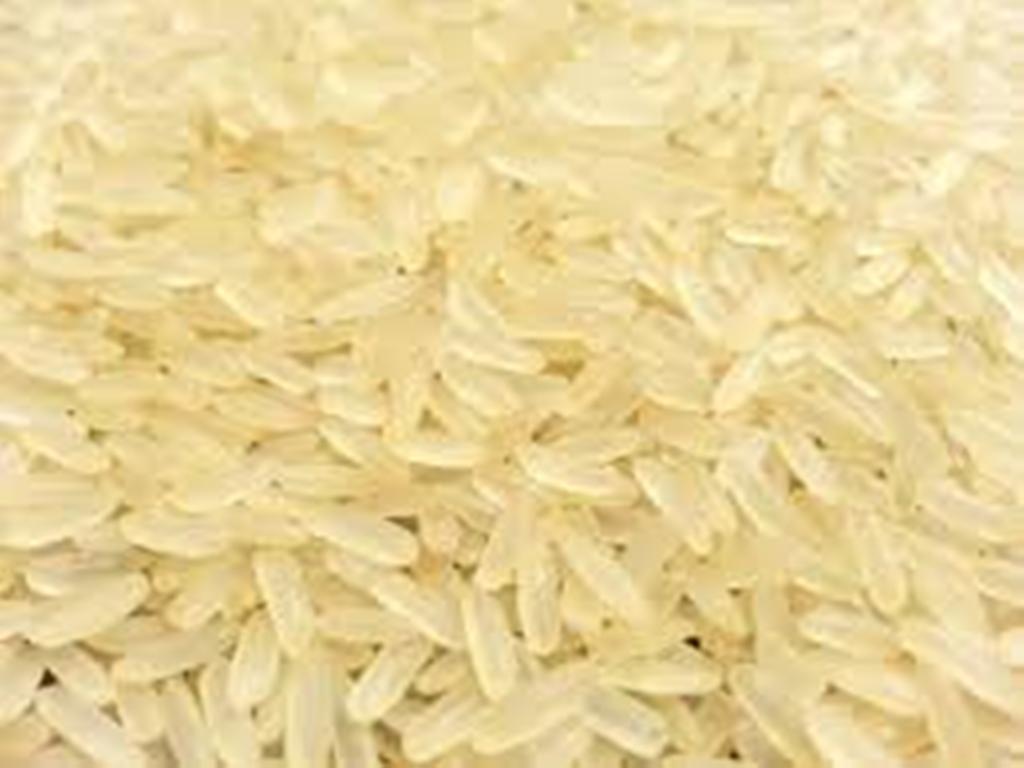
ഇന്ത്യയിലെ ഹരിതവിപ്ലവം
ഏതാണ്ട് ഈ സമയത്താണ് ഇന്ത്യയുടെ കൃഷി മന്ത്രി സി.സുബ്രഹ്മണ്യം നോബല് ജോതാവ് നോര്മന് ബോര്ലാഗിനെ രാജ്യത്തെ കാര്ഷിക മേഖല വികസിപ്പിക്കാനായി ഇന്ത്യയിലേക്ക് ക്ഷണിച്ചത്. അദ്ദേഹം ഗോതമ്പ് ഉത്പ്പാദനത്തില് വിപ്ലവകരമായ മാറ്റം കൊണ്ടുവന്നു . എന്നാല് രാജ്യത്തെ ഭൂരിപക്ഷവും അരിഭക്ഷണക്കാരും നെല്കൃഷിക്കാരുമായിരുന്നു. വടക്കന് പ്രദേശത്തെ കുന്നുകളിലും വടക്കു കിഴക്കും തീരപ്രദേശങ്ങളിലുമെല്ലാം പ്രധാന കൃഷി നെല്ലായിരുന്നു. അവര്ക്ക് IR 8 ന്റെ പ്രവേശനം വലിയൊരാശ്വാസമായി.
ഡാക്ടര് സുബ്ബറാവുവിന്റെ 2000 ഏക്കറിലെ കൃഷി മറ്റുള്ള കൃഷിക്കാര്ക്ക് വലിയ പ്രചോദനമായി. ഡോ.എം.എസ്.സ്വാമിനാഥനായിരുന്നു മറ്റൊരു പ്രചാരകന്. സര്ക്കാര് നയവും കര്ഷകരുടെ സ്വീകാര്യതയും IR 8 നെ പോപ്പുലര് ബ്രാന്ഡാക്കി. സ്വാമിനാഥന് IR 8 ന്റെ അന്പതാം പിറന്നാളിന് സംസാരിക്കവെ കര്ഷകര് അവരുടെ ആഹ്ലാദം പങ്കിട്ടതിന്റെ ഒരുദാഹരണം പറയുകയുണ്ടായി. തമിഴ്നാട്ടിലെ തിരുവണ്ണാമല ജില്ലയിലെ ഗണേശന് എന്ന കര്ഷകന് മുന്വര്ഷം ഹെക്ടറിന് 2 ടണ് വിളഞ്ഞിടത്ത് IR8 16 ടണ് നല്കിയതിന്റെ സന്തോഷത്തില് അയാള്ക്ക് ആ വര്ഷം പിറന്ന കുഞ്ഞിന് അയ്യാറെട്ട് എന്നു പേരു നല്കി. അത്രമാത്രം സാമ്പത്തിക-സാമൂഹിക സ്വാധീനം ആ ബ്രീഡിന് നേടാന് കഴിഞ്ഞു.
കര്ഷകരുടെ പ്രിയ മിത്രം
നൈട്രജന് വളങ്ങളോട് നന്നായി പ്രതികരിക്കുകയും ചുരുങ്ങിയ സമയം കൊണ്ട് നല്ല വിളവ് നല്കുകയും ചെയ്ത IR8 കര്ഷകരുടെ പ്രിയ ഇനമായി മാറി. 105 ദിവസം കൊണ്ട് വിളയുമായിരുന്നു ഈ ഇനം. മാത്രമല്ല ഇത് കീടങ്ങളെയും ഇന്സെക്ടുകളേയും പ്രതിരോധിക്കുകയും ചെയ്തു. വലുപ്പം കുറവായതിനാല് കാറ്റില് ഒടിഞ്ഞുവീഴാനുള്ള സാധ്യതയും കുറവായിരുന്നു.
ഇന്ത്യന് ശാസ്ത്രജ്ഞര് പിന്നീട് ഇതേ രീതിയില് IR 20,IR 36,IR 50 ഒക്കെയും വികസിപ്പിച്ചു. ഇന്ത്യയിലെയും ഫിലിപ്പൈന്സിലെയും വിജയം കണ്ട് ഡോ.ജന്നിംഗ്സിന്റെ ടീം ഇതിനെ വിയറ്റ്നാമിലെ യുദ്ധമേഖലയില് കൃഷി ചെയ്തു. വിയറ്റാനാമില് ഇത് കര്ഷകര്ക്കൊരു ലോട്ടറിയായി. ഇതിനെ ഹോണ്ട നെല്ലെന്ന് സ്നേഹത്തോടെ അവര് വിളിച്ചു. കാരണം ഒരു ബമ്പര് വിളയിലെ ലാഭം കൊണ്ട അവര്ക്ക് ഒരു ഹോണ്ട മോട്ടോര് ബൈക്ക് വാങ്ങാന് കഴിഞ്ഞിരുന്നു. ആ വര്ഷം തന്നെ IR8 ലാറ്റിന് അമേരിക്കയിലെത്തി എന്നുമാത്രമല്ല ട്രോപ്പിക്കല് റീജിയണിലെ പ്രിയ വിളയായും മാറി.
കാലാവസ്ഥ വ്യതിയാനത്തിന്റെ ഫലം
2010 ല് ഫീല്ഡ് ക്രോപ്സ് റിസര്ച്ച് ജര്ണല് നടത്തിയ പഠനത്തില് കാലാവസ്ഥ വ്യതിയാനം IR 8 വിളവില് 15 ശതമാനം കുറവ് വരുത്തിയതായി കണ്ടെത്തി. ചൂടുകൂടിയ രാത്രികളും തുടര്ച്ചയായ വെളളപ്പൊക്കവും വായു മലിനീകരണവുമാണ് വിളവ് കുറയാന് കാരണമായത്. നെല്ലിന് വ്യത്യസ്തമായ ആള്റ്റിട്യൂഡിലും ലാറ്റിട്യൂഡിലും വളരാന് കഴിയും എന്നതിനാല് കാലാവസ്ഥ വ്യതിയാന മാനേജ്മെന്റില് നിര്ണ്ണായക പങ്കുണ്ടാകുമെന്നാണ് ഡോ.സ്വാമിനാഥന് പറയുന്നത്. സമുദ്രനിരപ്പിലും താഴ്ന്ന കുട്ടനാട്ടിലും ഹിമാലയത്തിലെ ഉയരങ്ങളിലും ഒരുപോലെ വളരുന്ന അപൂര്വ്വം വിളകളില് ഒന്നാണ് നെല്ല്. എന്നാല് ഗോതമ്പിന് ഇത് കഴിയില്ല. അനുകൂല രാത്രി താപനില ഇല്ലെങ്കില് ഗോതമ്പിന് നിലനില്ക്കാന് കഴിയില്ല.
The rice that changed the world
IR8, the high-yielding rice variety helped India fight famine, turns 54 coming November.In 1967, when a 29-year-old N. Subba Rao sowed a semidwarf variety of rice in over 2,000 hectares in Atchanta, West Godavari district in Andhra Pradesh, he wouldn't have thought he would be part of a revolution in rice cultivation.What Dr. Rao sowed in his farm was IR-8, a rice variety developed by the International Rice Research Institute (IRRI) that could produce as much as seven tonnes of rice per hectare, while the traditional seeds could produce only two tonnes per hectare. The rice was first introduced in 1966 in Philippines, where the agri-research firm was based.
The research for developing a high-yield variety of rice began in 1960s when most Asian countries, including India, were reeling under famine. Peter Jenning, who joined as a rice breeder at the IRRI began experiments with rice crossing. The team tried as many as 38 crosses involving rice varieties from China, Taiwan and Indonesia.
After years of research, Henry M. Beachell, who worked with Jenning, developed the IR8-288-3 by crossing Dee-Geo-woo-gen and Peta variety of rice and tested it in the Philippines. The results were amazing. From 88 kg of pure seeds sown, 71 tonnes were harvested. The following year, in 1966, IRRI distributed IR-8 seeds to Filipino farmers for free. Impressed by the harvest, the news of 'miracle rice' spread IRRI officially released the variety re-christening it as IR-8 on November 29, 1966.
Green revolution in India
At around the same time, Agriculture Minister C. Subramaniam invited Nobel-laureate Norman Borlaug to work on improving the agricultural sector in the country. Borlaug went on to revolutionise wheat cultivation in the country. But India was largely a rice-eating nation. Rice was cultivated in every
region, from the hilly terrains of north and north-east to the coasts of south. And IR8 came as a boon.
Dr. Subba Rao's mass cultivation paved way for farmers using this high-yield variety. At an event to mark the 50th anniversary of the IR8 variety, eminent agricultural scientist Prof M.S. Swaminathan said, 'The success of IR8 was largely due to its high yield potential and the synergy generated between technology and public policy.' Dr. Swaminathan had a key role in popularising the IR8 and subsequent high-yielding varieties of paddy in India.
He recalled how a farmer in Tamil Nadu's Thiruvannamalai district named his son Irettu (8 is 'ettu' in Tamil). Mr. Ganesan, the farmer, had harvested about 16 tonnes per hectare of paddy, said Prof. Swaminathan, while the earlier yields were less than two tonnes per hectare.
Farmers' favourite
The IR8 became popular with farmers because it had a short growth duration and a high yield related to its response to nitrogen fertilizer, says the IRRI on its website. The resistance of this variety to pest and insect attacks was another reason why farmers preferred it. Being much smaller in size, the IR8 could withstand wind action unlike the traditional tall paddy. These paddy are ready for harvest in just 105 days.
Indian scientists took a cue from this on rice crossing and developed more dwarf varieties such as IR 20, IR 36 and IR 50.Seeing the success in India and the Philippines, a member of Dr. Jenning's took it to war-torn Vietnam. It was fondly called 'Honda rice' in Vietnam, as a bumper harvest assured farmers enough money to fund a Honda motorcycle. The rice variety travelled to Latin America the same year and eventually became the most sought-after variety in the tropical regions.
Impact of climate change
A study published by Field Crops Research journal in 2010 explains how the yield has dropped by 15 per cent due to climate change. Researchers have blamed hotter nights, frequent flooding and air pollution for the drop in the yield of IR8.The same was emphasised by Dr. Swaminathan. 'In the future, rice will play an important role in climate change management since it can grow under a wide range of altitudes and latitudes. For example, rice has grown below sea level in Kuttanad area of Kerala. At the same time, it is grown in high Himalayas. Wheat has no such resilience and is very much depended upon favourable night temperature. Therefore, more research should be done on the role of rice in climate change management,' he said.As IR8 turns fitfy four, it might get ready for another makeover, this time to stand the tests of climate.
English Summary: The rice that changed the world
We're on WhatsApp! Join our WhatsApp group and get the most important updates you need. Daily.
Join on WhatsAppSubscribe to our Newsletter. You choose the topics of your interest and we'll send you handpicked news and latest updates based on your choice.
Subscribe Newsletters




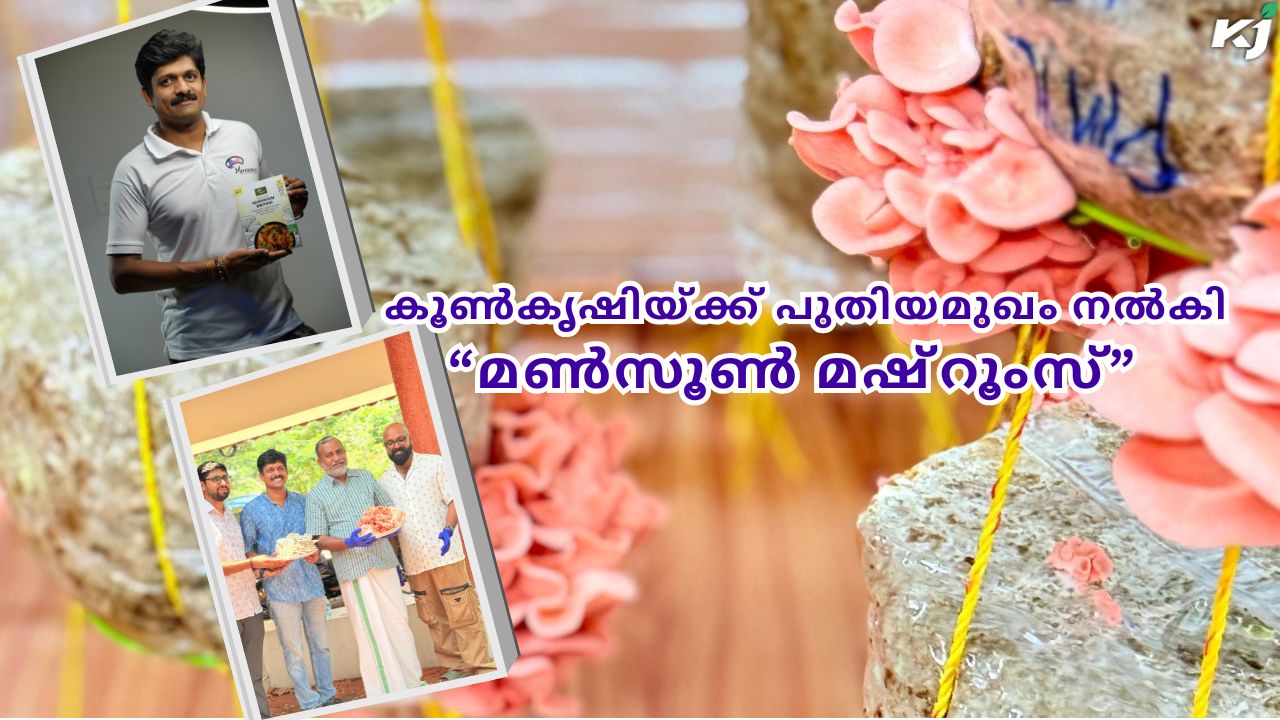
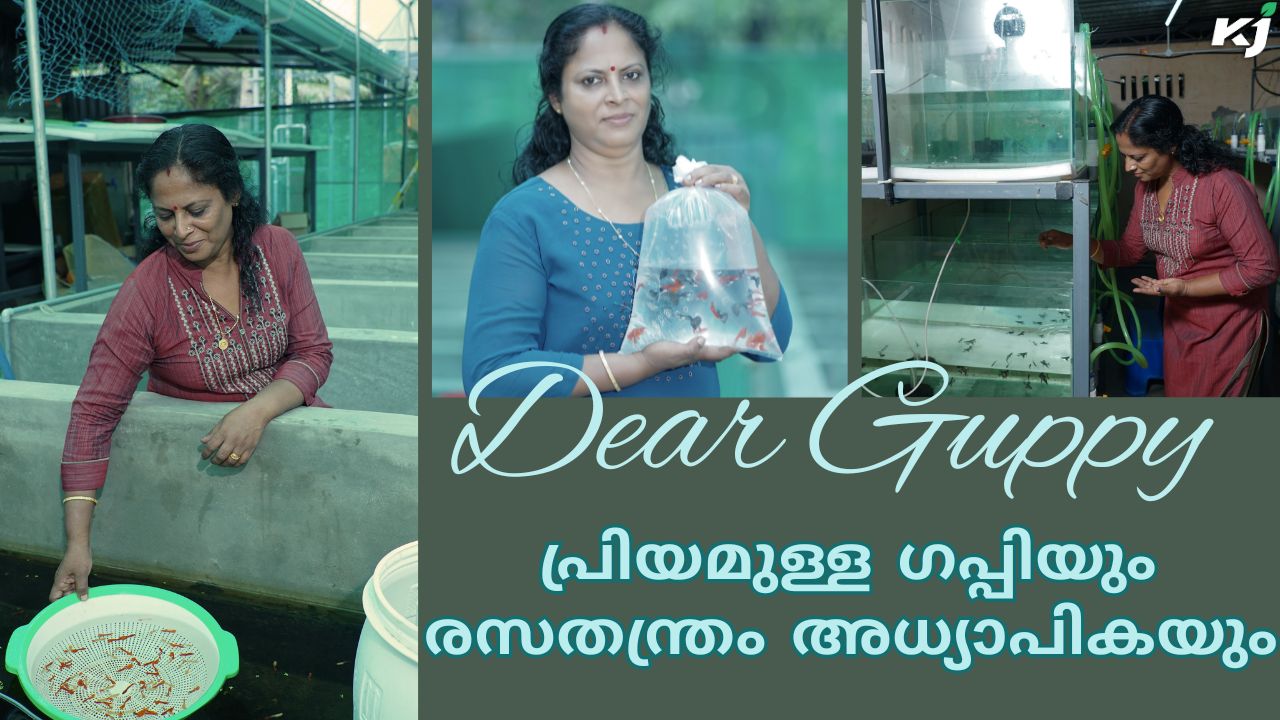
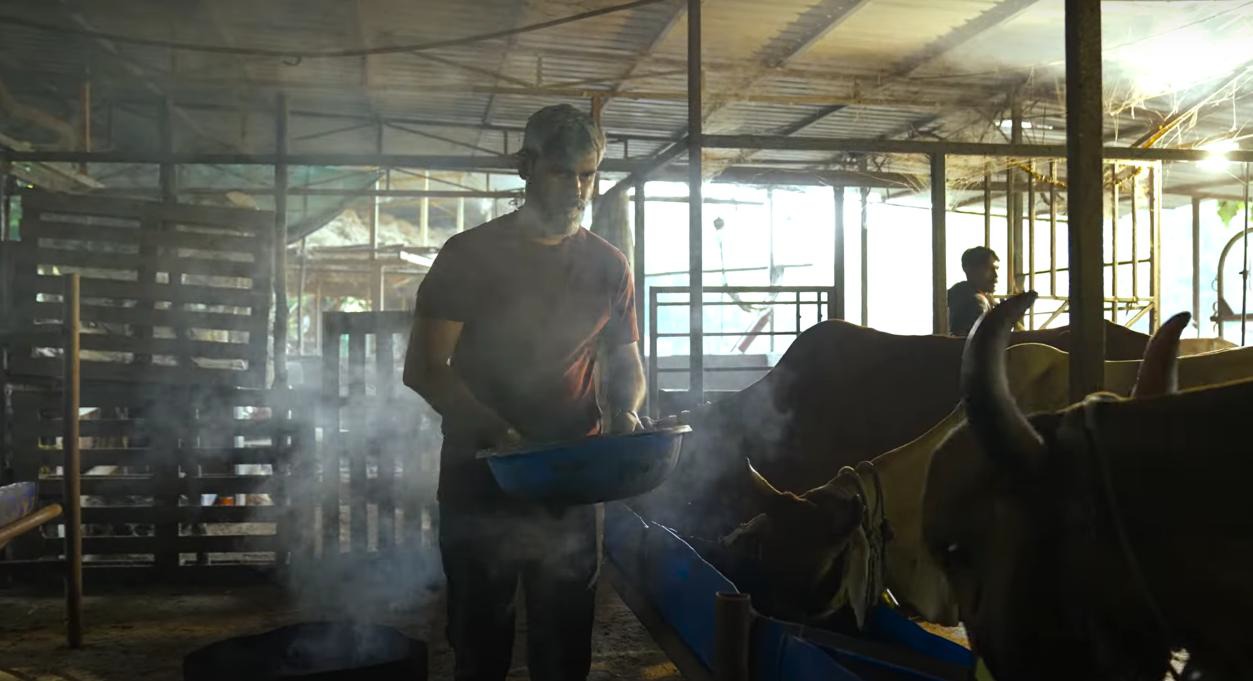

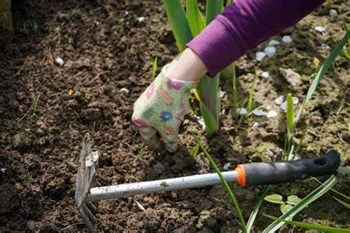



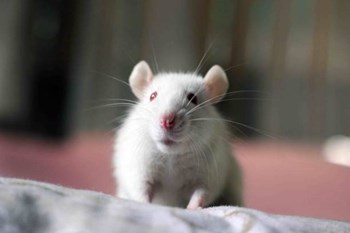
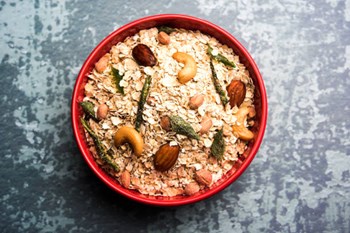











Share your comments